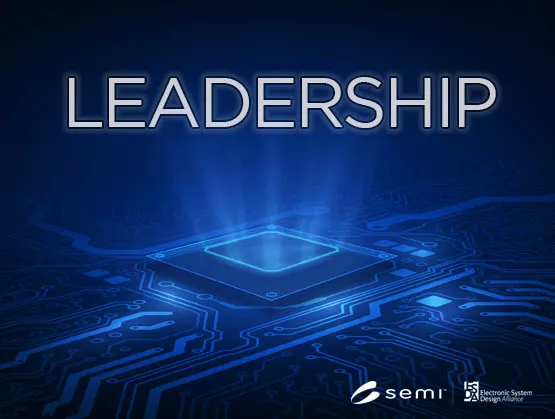
Cultivating trust and keeping his team agile and innovative as they engage with technology partners and customers is a core focus of John Lee, General Manager and Vice President of the Ansys Electronics, Semiconductors, and Optics Business Unit.
I recently spoke with Lee, a serial entrepreneur and a member of the ESD Alliance Governing Council, about his career and move from technical roles into management and how he motivates members of his team.
Smith: How did you start your career? You have a technical background, but you're in the business world and now GM and VP at Ansys.
Lee: I've been blessed to help co-found three EDA startups and see them acquired by larger companies. In those larger companies, I've been fortunate to manage bigger teams and broader product portfolios My first experience at this came straight out of grad school.
During the first two years at each startup, I wrote software code. I then made the transition from being in a technical role to customer-facing roles working as a product manager, leading product specialist teams and owning the overall success of the business.
 Ansys has been a tremendous opportunity for me. The timing was right as the need for multiphysics solutions and platforms exploded in the last 10 years, especially in the semiconductor and high-tech markets.
Ansys has been a tremendous opportunity for me. The timing was right as the need for multiphysics solutions and platforms exploded in the last 10 years, especially in the semiconductor and high-tech markets.
I've been fortunate to be part of this growth dynamic. It's been challenging and rewarding on the technical front as well as on the business front. Ansys is a large company with about 6,500 employees worldwide. A lot of what we do in my team is much like those three startups. We focus on team, culture, and agility, driving innovation and building on that to become trusted partners with our key customers and technology partners.
Smith: You said a key is to focus on technology, based on customer needs and cultivating the team culture within the organization.
Lee: Team culture is essential. Technology is important, but it's easy to get enamored by the technical side and lose focus on what's important to the customer. Sometimes we have a cool technical solution, but it's technology in search of a problem. That is a common cause of failure for startups. We get highly technical people together that want to do something amazing but focus on the technology and not what the customer needs.
It’s perhaps obvious that for a start up to be successful, it must be a combination of several things. One is to have a great team and the analogy to a sports team is common and resonates with me. You can't have five Michael Jordans. You need a supporting cast and the teamwork needs to be there. If it’s a 10- or 20-person company or a 50- or 100-person startup, culture almost comes along for free in the sense that things are highly visible. And oftentimes, leadership can scale through direct influence and you can have a flat organization. If there is a problem in teamwork, you must find ways to solve it.
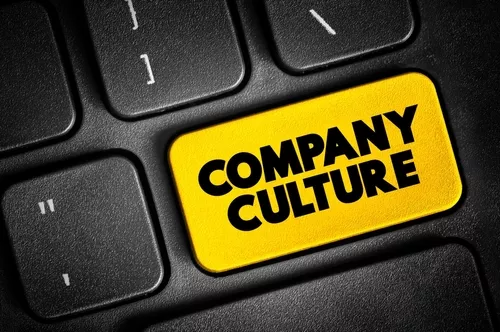 What’s interesting is you can be good at things but not consciously aware of what you're doing or why it works. You may be good at leading small teams but find that it doesn't scale when you're tasked with leading larger, multifunctional global organizations.
What’s interesting is you can be good at things but not consciously aware of what you're doing or why it works. You may be good at leading small teams but find that it doesn't scale when you're tasked with leading larger, multifunctional global organizations.
In large organizations, I found that you need to be explicit about the culture. Talking, demonstrating, and reinforcing culture is required to create a multifunctional, cross-hierarchical team that both embraces and helps spread the desired culture across the organization.
It’s been a learning experience for me. At least once a quarter, and sometimes more often, I talk to my team about culture. On a biannual basis I address the entire team in all hands meetings where we discuss culture and specific examples. What I’ve found is that this skill is necessary in large organizations. Regardless of whether it is a large organization or a startup, it makes life much better.
Smith: What do you look for in people who you want to encourage or promote to take on more leadership roles?
Lee: Throughout my career, I've been fortunate to be part of companies with great leaders I could learn from. A lot of it was by observing and seeing how leaders behave in meetings and communications. I found there's always at least one or two great things I can learn from each of these leaders.
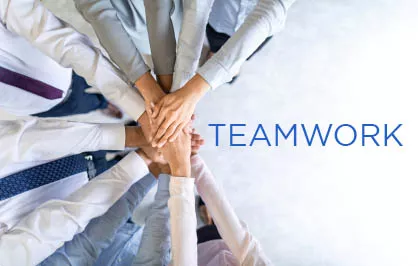 I'm looking for people who are hungry to learn and willing to challenge the status quo and say why are we doing it this this way? Can we do it better? It takes practice and dedication to become a leader. For example, those who have a passion to become a great free-throw shooter are on the court practicing two or three hours per day to develop their skills. Similarly, those who have a passion for leadership must also hone their craft. That might be achieved through reading leadership books and having leadership lunch and learns with the team, and seeking mentorship from other colleagues or coaches.
I'm looking for people who are hungry to learn and willing to challenge the status quo and say why are we doing it this this way? Can we do it better? It takes practice and dedication to become a leader. For example, those who have a passion to become a great free-throw shooter are on the court practicing two or three hours per day to develop their skills. Similarly, those who have a passion for leadership must also hone their craft. That might be achieved through reading leadership books and having leadership lunch and learns with the team, and seeking mentorship from other colleagues or coaches.
Of course, the truest test of a leader is the 360-degree view that considers how peers as well as those reporting to that person see the person that they work for or work with.
Smith: Your educational background is technically oriented. How did that lead you or inform your own leadership style?
Lee: In semiconductors, it makes it easier to be a leader if you have a strong technical background to understand the ecosystem, partners and customers. There are also many successful examples in our industry where leaders do not have a technical background and didn’t go to school for engineering or software development. Those leaders as well as any leaders who are successful in our industry have a keen sense of what's important to the customer and how to deliver the products or services that fill the customer’s key needs.
What if you are not highly technical? In that case you can surround yourself with people who are that you can inspire. The human side of leadership is extremely important because at the end of the day, what we produce is largely driven by people. Software development is all about people and the human side is extremely important for driving greatness from our teams.
Smith: Do you have a business axiom?
Lee: People who work with me know I emphasize team and culture as my business axiom. At Ansys, my team focuses on three cultural aspects––innovation, teamwork and customer focus. Having the team organized around a strong culture gives a sense of meaning and provides a strong reason for someone going the extra mile because we spend so much of our lives at work, working on important projects.
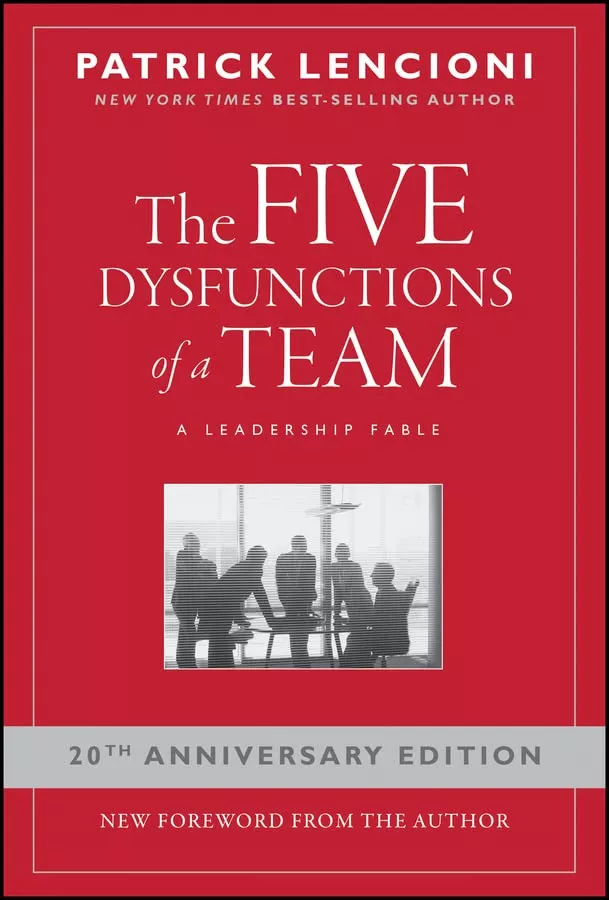 When we talk about culture and teamwork, one of the best books that I've read and we use heavily within my teams is The Five Dysfunctions of a Team: A Leadership Fable by Patrick Lencioni. The book itself is a narrative and an easy read. For a team to achieve its targets and goals it must operate in a highly functioning way. This starts with trust forming the bottom of the pyramid.
When we talk about culture and teamwork, one of the best books that I've read and we use heavily within my teams is The Five Dysfunctions of a Team: A Leadership Fable by Patrick Lencioni. The book itself is a narrative and an easy read. For a team to achieve its targets and goals it must operate in a highly functioning way. This starts with trust forming the bottom of the pyramid.
The definition isn't I trust that you will do this right. It’s more like the vulnerability trust that exists in your relationship with your family or spouse. I trust you not to hurt me. I trust you that I can be vulnerable and ask for help. If I'm struggling, you would help me rather than attack me. That foundational layer of trust makes sure everyone has a voice. It may not be a democracy, but if everyone has a voice in coming to a decision, then we will be more engaged participants in the decision.
Smith: What would be the advice you would give to a group of college undergrads or someone asking how to become an entrepreneur?
Lee: For anyone, think about your career. Coming out of school, that might be another 40 or 50 years since we're living longer. I like to think of my career as being the lifetime of my working life, possibly a series of different careers.
If I think about that, then one of the first aspects is that it's extremely important to be hungry, to learn and continue to learn. Technology is changing quickly and the best-known methods are changing rapidly within our industry.
If we look outside of semiconductors, so much cool stuff is happening. If we're not students of learning, we will quickly fall behind. It’s also healthy on a regular basis such as at the end of the year or the end of the quarter to challenge status quo. Why are we doing things the way we are? Is there a better way of doing things? Be fearless in seeking an open dialogue that should occur within teams. It will avoid stagnation and lead to constant improvement and occasionally groundbreaking innovations.
Those are essential for a successful career, especially entrepreneurship and are two necessary properties. A third thing is the need to continue to validate the value you are offering with key customers, potential customers and trusted advisors. Those are the ideals that lead to startups pivoting. Be flexible and listen to the customer’s voice. What you think may not be true or things may have changed.
Smith: What trends are you seeing?
Lee: Here at Ansys, we service the semiconductor and high-tech vertical markets such as automotive, industrial, aerospace and defense. All these areas have an insatiable need for data for compute, AI, storage and networking. This is driving a tremendous change in how chips are designed and assembled into systems. The most salient metric is the number of 3D IC starts: The number of 2.5D and 3D IC starts in the last two to three years have exploded with 50% CAGR over the past 3 years. This is creating a new set of challenges as we see the lines between silicon and systems blurring.
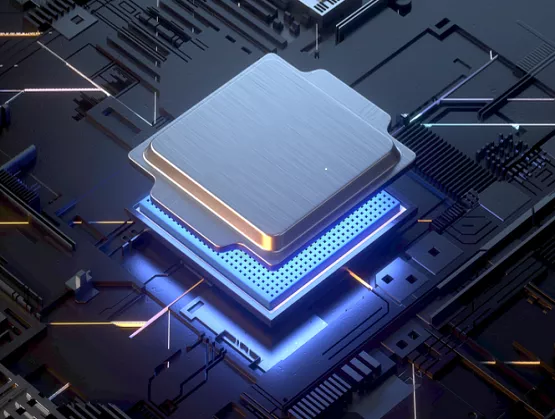 One key challenge is multiphysics. With multi-die systems or high-performance compute in harsh environments, physics such as thermal effects becomes important. Chips consume a lot of power and create a lot of temperature. Thermal gradients create mechanical stress and impact signal integrity, power integrity and reliability. Non-electrical signaling such as photonics must also be considered. These challenges have created a demand for best-in-class engines that operate across solutions and platforms.
One key challenge is multiphysics. With multi-die systems or high-performance compute in harsh environments, physics such as thermal effects becomes important. Chips consume a lot of power and create a lot of temperature. Thermal gradients create mechanical stress and impact signal integrity, power integrity and reliability. Non-electrical signaling such as photonics must also be considered. These challenges have created a demand for best-in-class engines that operate across solutions and platforms.
The need for a multiphysics platform and partnerships is redefining the landscape. For example, activity around 3D ICs in the fabs and Outsourced Semiconductor Assembly and Test (OSATs) has led to some fabs becoming advanced packaging providers as well as semiconductor manufacturers. There's an aggregation/disaggregation occurring across the tool chain. It’s probably an understatement to say we are in interesting times with a lot changing technically across the ecosystem and the geopolitical influences.
About John Lee
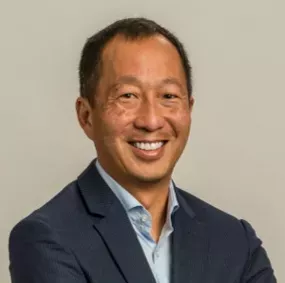 John Lee is general manager and vice president of the Ansys Electronics, Semiconductors, and Optics Business Unit. Lee co-founded and served as CEO of Gear Design Solutions, which was acquired by Ansys in 2015. Gear Design developed the first purpose-built big data platform for integrated circuit design. He had previously co-founded Mojave Design, which was acquired by Magma Design Automation and later purchased by Synopsys in 2012. His first startup, Performance Signal Integrity, was acquired by Avanti, and then by Synopsys.
John Lee is general manager and vice president of the Ansys Electronics, Semiconductors, and Optics Business Unit. Lee co-founded and served as CEO of Gear Design Solutions, which was acquired by Ansys in 2015. Gear Design developed the first purpose-built big data platform for integrated circuit design. He had previously co-founded Mojave Design, which was acquired by Magma Design Automation and later purchased by Synopsys in 2012. His first startup, Performance Signal Integrity, was acquired by Avanti, and then by Synopsys.
Robert (Bob) Smith is Executive Director of the ESD Alliance, a SEMI Technology Community.